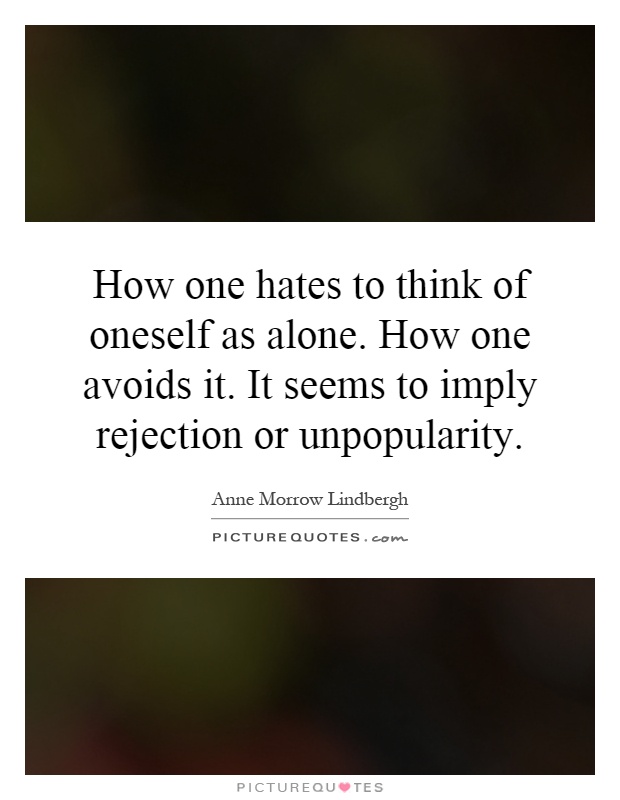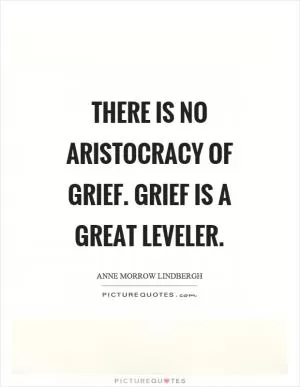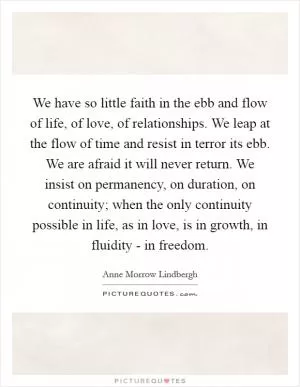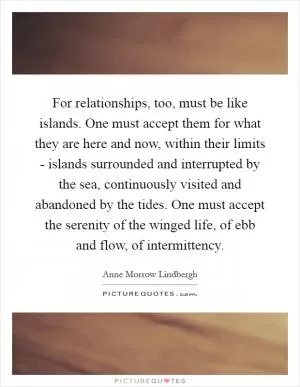How one hates to think of oneself as alone. How one avoids it. It seems to imply rejection or unpopularity

How one hates to think of oneself as alone. How one avoids it. It seems to imply rejection or unpopularity
Anne Morrow Lindbergh, the acclaimed author and aviator, once wrote, “How one hates to think of oneself as alone. How one avoids it. It seems to imply rejection or unpopularity.” These words resonate deeply with many individuals who fear the idea of being alone. Lindbergh’s insight into this common human emotion sheds light on the underlying fears and insecurities that drive people to seek companionship and avoid solitude.For Lindbergh, who spent much of her life in the public eye as the wife of famous aviator Charles Lindbergh, the fear of being alone may have been particularly acute. In a world where she was constantly surrounded by admirers and well-wishers, the thought of being truly alone may have seemed like a rejection of her social status or popularity. The pressure to maintain a certain image and uphold a certain level of social engagement may have made the idea of solitude even more daunting.
But Lindbergh’s words also speak to a deeper, more universal fear of loneliness that many people experience. The fear of being alone can stem from a variety of sources, including a fear of rejection, a fear of facing one’s own thoughts and emotions, or a fear of not being able to connect with others on a meaningful level. In a society that places a high value on social connections and relationships, the idea of being alone can be seen as a failure to meet these societal expectations.
To avoid the discomfort of being alone, people often seek out companionship in various forms. This can range from spending time with friends and family, to engaging in social activities, to seeking out romantic relationships. While these connections can provide comfort and support, they can also serve as distractions from the deeper issues that may be driving the fear of solitude.












 Friendship Quotes
Friendship Quotes Love Quotes
Love Quotes Life Quotes
Life Quotes Funny Quotes
Funny Quotes Motivational Quotes
Motivational Quotes Inspirational Quotes
Inspirational Quotes